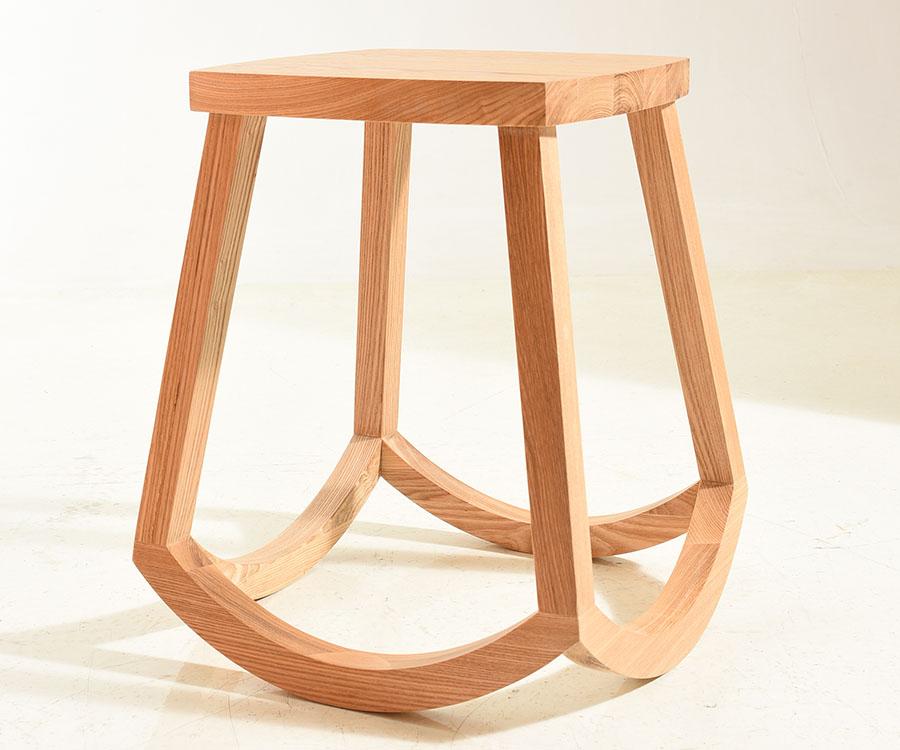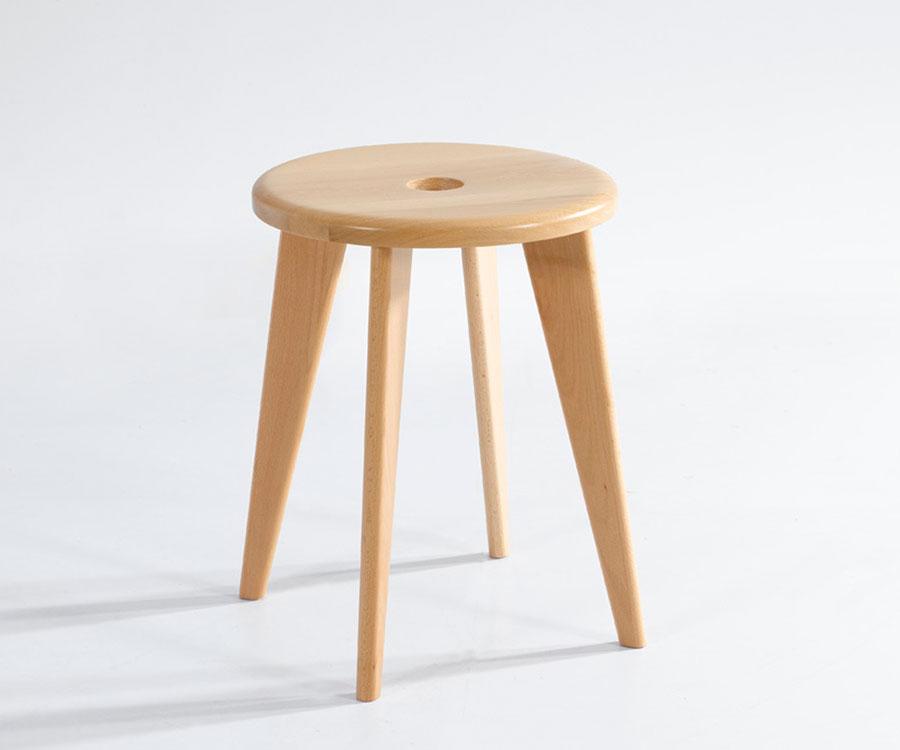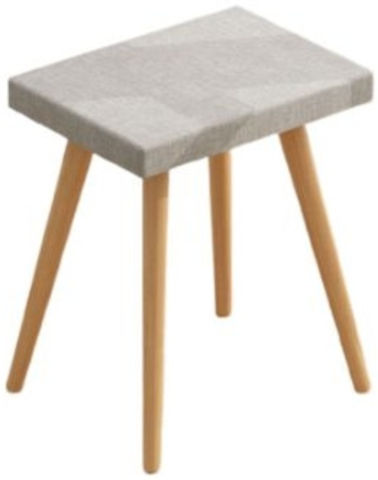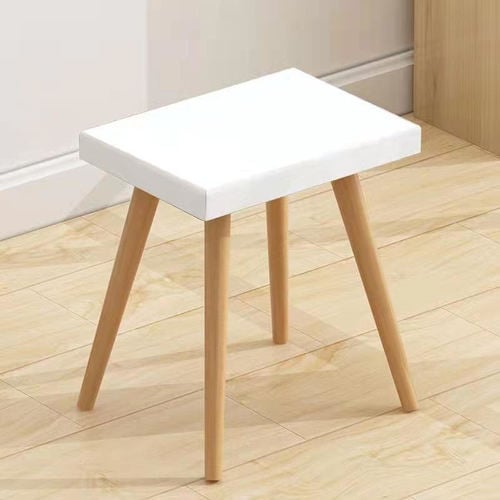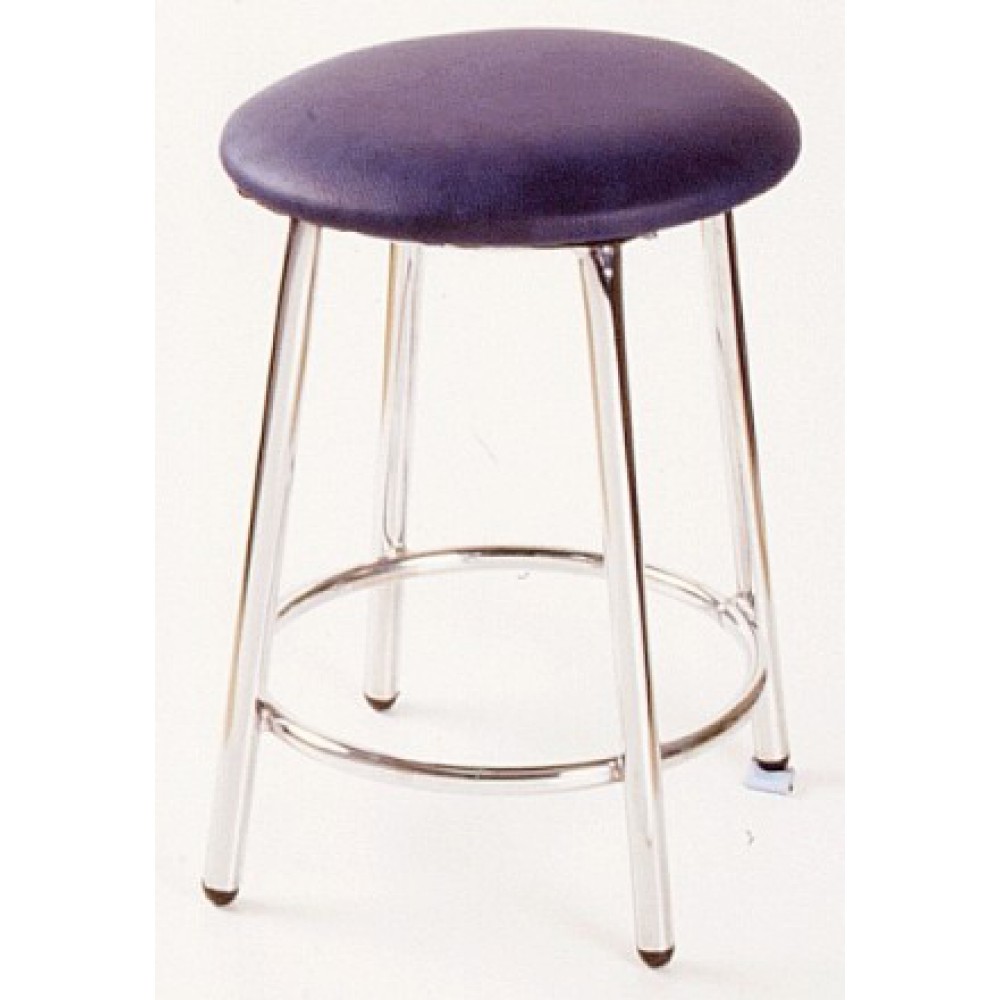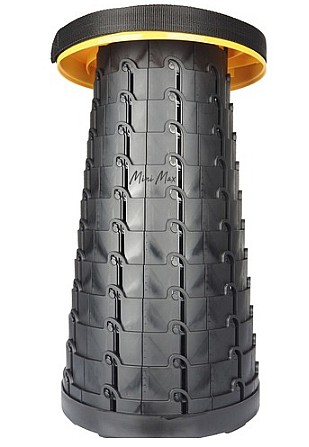
Amazon.com: כיסא איפור מעור PU Furniliving כיסא איפור מסתובב 360 מעלות מתכוונן גובה כיסא איפור לחדר איפור, כיסא שרפרף עות'מאני עגול מודרני, שרפרף קטן לסלון, חדר שינה, שחור : לבית ולמטבח

Amazon.com: שרפרף הדום קטיפה מרובע עות'מאני, כיסא שרפרף רגלי קטיפה מודרני מרופד קטיפה ארוג עם רגלי מתכת מוזהבות, כיסא איפור שולחן צדדי שרפרף הלבשה לסלון (אפור כהה) : לבית ולמטבח

כיסא שרפרף טלסקופי נייד ומתקפל לקמפינג - זה זול - Zezoll - הזמנת מוצרים מחו"ל בעברית | הזמנת מוצרים בזול

שרפרף קמפינג שחור, שרפרף מתקפל מתקפל, מבנה מוט אוהל אלומיניום, שרפרף מתקפל, שרפרף מתקפל בחוץ ובפנים, כיסא קמפינג מיני – לקנות במחירים נמוכים בחנות המקוונת Joom

Amazon.com: Yaheetech שרפרף סלון מסתובב כיסא שרפרף מתכוונן שרפרף עיסוי ספא עם עור PU מושב מרופד בסיס מתכת כרום, לבן : יופי וטיפוח

1Pc כיסא שרפרף בר כיסוי מארז מושב ספנדקס למתוח כיסא גב נמוך להחליק – לקנות במחירים נמוכים בחנות המקוונת Joom

Amazon.com: KARRIE כיסא שרפרף מסתובב מתכוונן גובה, שרפרף מתכת הידראולי חזק למטבח, סלון, בר, משרד, עיסוי : יופי וטיפוח

